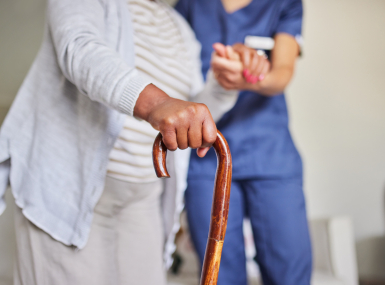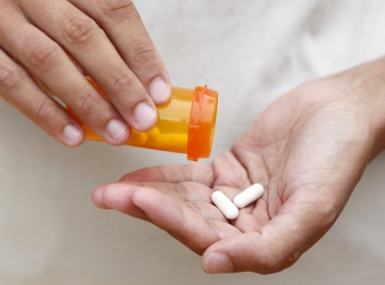Congress, president move quickly on emergency aid to combat coronavirus
Author

Blaire Bryant
Upcoming Events
Related News

Key Takeaways
This week, congressional legislators moved quickly to pass bipartisan legislation to combat the surging coronavirus epidemic in the United States in an aid package totaling $8.3 billion. On March 5, the U.S. Senate approved the bill by an 96-1 vote one day after U.S. House legislators voted to approve the measure by a margin of 415-2. President Trump signed the funding bill on Friday, March 6.
The emergency supplemental includes comprehensive resources to enhance the national response to coronavirus, as well as key provisions to support state and local efforts to address cases of the illness. As passed, the legislation specifically includes:
- $2.2 billion in public health funding to support prevention, preparedness and response efforts, including a $1 billion set-aside for State and Local Preparedness Grants to support states, cities and tribes, half of which will be distributed within 30 days. Each state will receive no less than $4 million.
- Approximately $3 billion in funding for research and development of coronavirus vaccines and diagnostic tools;
- $100 million in supplemental appropriations for Community Health Centers (CHC) – a key priority for counties as health safety-net providers;
- A provision that waives certain telehealth requirements during the coronavirus public health emergency to allow Medicare providers to administer telehealth services to elderly patients, who are at greater risk of contracting the illness; and
- $20 million for the Small Business Administration (SBA) to assist businesses affected by the outbreak.
Congress’ and the White House’s swift response to the crisis follows NACo members’ approval of an interim policy resolution during the 2020 Legislative Conference that urged legislators to dedicate new resources to address the crisis. The resolution text can be viewed at this link.
NACo members received a special briefing during the conference from representatives from the Centers for Disease Control and Prevention (CDC) and U.S. Department of Health and Human Services (HHS) on how counties can enhance local readiness to address the virus. CDC’s Chief Medical Examiner Mitch Wolfe indicated the CDC is working closely with health departments to assess local readiness for the virus, adding that counties and states are encouraged to review their pandemic preparedness plans.
For more NACo resources on the coronavirus, please see the following links:
- Coronavirus Disease 2019 (COVID-19): County Response Efforts & Priorities (NACo landing page)
- NACo Health Steering Committee interim policy resolutions (NACo policy document)
- NACo members get briefing on coronavirus from CDC (NACo County News article)
- Counties respond to coronavirus (NACo County News article)

Attachments
Related News

U.S. Department of Agriculture unveils $700 million for regenerative agriculture
On December 10, U.S. Secretary of Agriculture Brooke Rollins announced the launch of a $700 million pilot program to support regenerative agriculture practices across the country.

HHS releases rule repealing federal nursing home staffing mandate, supporting county long term care facilities
On December 2, the U.S. Department of Health and Human Services (HHS) published an interim final rule that repeals the federal nursing home staffing mandate, a regulation that would have required long-term care facilities to meet strict minimum staffing levels.

Congress passes SUPPORT Act reauthorization
On September 18, the U.S. Senate passed the SUPPORT for Patients and Communities Reauthorization Act of 2025 (SUPPORT Act Reauthorization) (H.R. 2483) by voice vote, following House passage earlier this year. With strong bipartisan backing in both chambers, the legislation now heads to the President’s desk for signature.